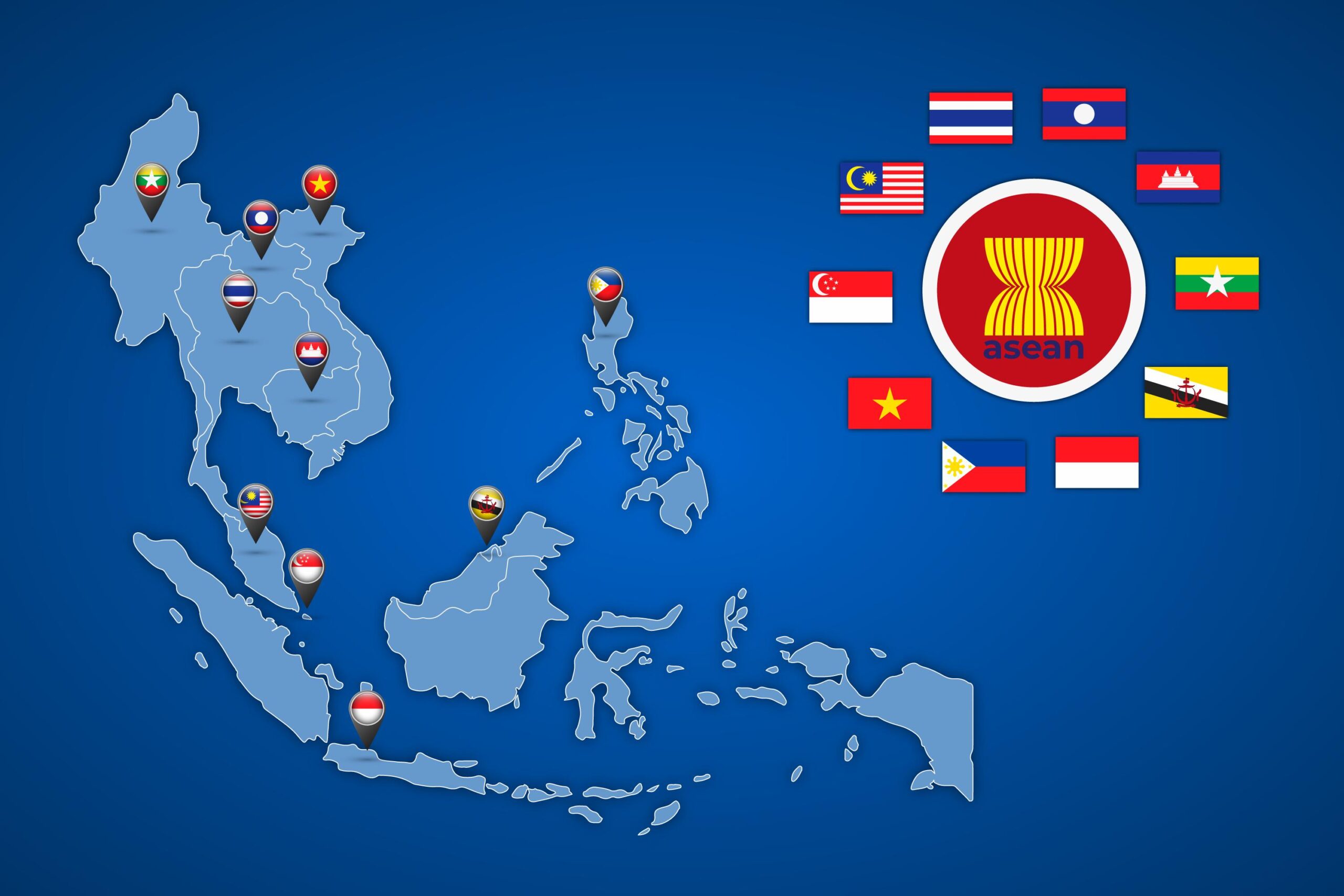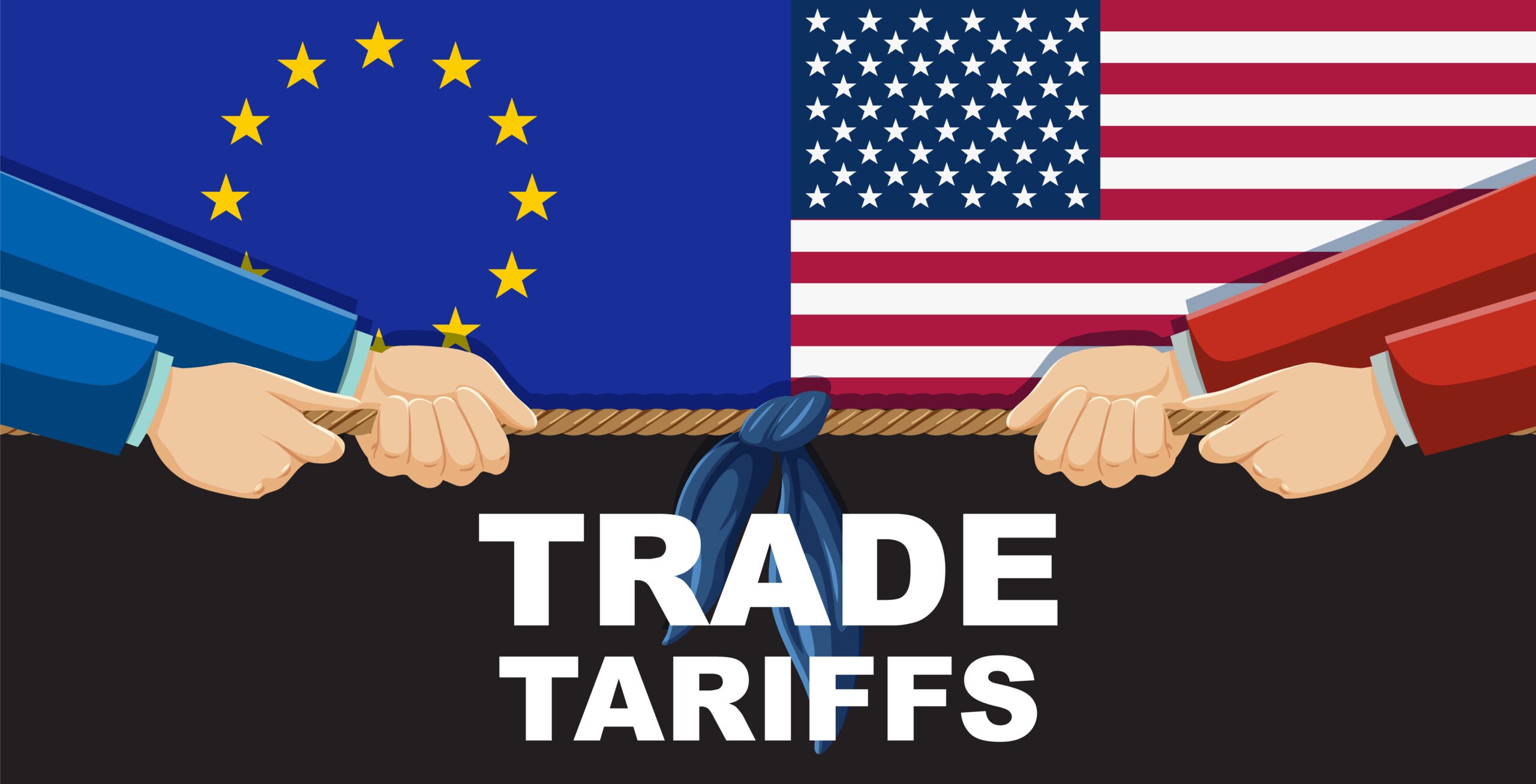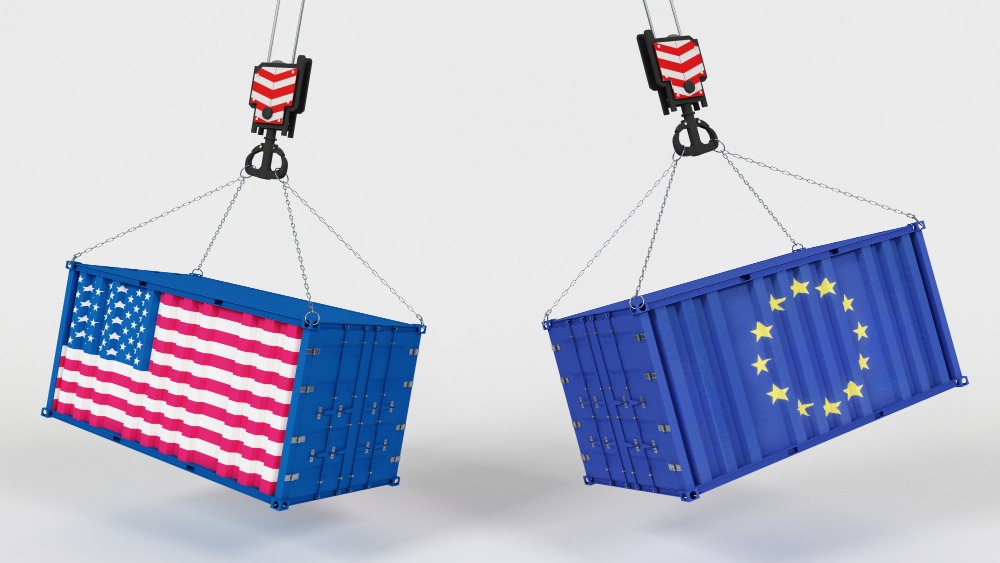
The vibrant and dynamic economies of the Association of Southeast Asian Nations (ASEAN) and the broader Southeast Asia region find themselves navigating a complex and potentially turbulent new era in global trade following the implementation of the 2025 U.S. tariffs. While the direct impact might vary across individual member states, the overarching consequence has been the imposition of steep and alarmingly uneven suspended levies, reaching as high as a staggering 49% on certain goods originating from the region destined for the United States. This sudden and significant escalation in trade barriers has understandably triggered robust diplomatic responses from ASEAN capitals, underscoring the collective concern over the potential economic fallout. More importantly, it has galvanized a renewed and intensified push for a unified regional strategy, recognizing that collective action and deeper integration are paramount to weathering this external economic storm and bolstering long-term resilience.
The uneven nature of the suspended levies presents a particularly intricate challenge for ASEAN. While some member states might face relatively moderate tariff increases, others are confronted with exorbitant rates that could severely cripple their export competitiveness in the crucial U.S. market. This disparity risks creating internal divisions within the bloc and complicates the formulation of a cohesive regional response. The immediate priority for ASEAN has been to engage in high-level diplomatic discussions with the United States, advocating for a more equitable and predictable trade relationship. The collective voice of ASEAN carries significant weight on the global stage, and the unified stance against these tariffs underscores the region’s commitment to fair trade practices and the preservation of its economic interests.
However, ASEAN’s response extends far beyond mere diplomatic appeals. Recognizing the inherent vulnerabilities exposed by this external trade shock, the region is doubling down on its long-standing efforts to deepen economic integration, not only amongst its ten member states but also with key external partners, most notably China. The ASEAN Free Trade Area (AFTA) has been a cornerstone of regional economic cooperation for decades, progressively reducing tariffs and fostering intra-regional trade. The current circumstances provide a renewed impetus to accelerate and broaden this integration agenda. This includes streamlining customs procedures, harmonizing standards, and fostering greater connectivity in terms of infrastructure and digital networks. By creating a more seamless and integrated regional market, ASEAN aims to reduce its reliance on external demand and build a more self-sufficient and resilient economic ecosystem.
The strategic imperative to deepen economic integration with China is particularly noteworthy. China has emerged as a dominant economic force in the region, and its trade and investment ties with ASEAN member states have grown exponentially over the past few decades. In the face of increased trade barriers with the United States, strengthening economic linkages with China offers a crucial alternative market and source of investment. Initiatives such as the Regional Comprehensive Economic Partnership (RCEP), a mega-trade agreement encompassing ASEAN, China, Japan, South Korea, Australia, and New Zealand, are gaining even greater significance in this new context. RCEP promises to further reduce trade barriers, harmonize rules of origin, and create a more integrated and predictable trading environment across the Asia-Pacific region. For ASEAN, RCEP represents a vital pathway to diversify its trade relationships and mitigate the negative impacts of the U.S. tariffs.
Beyond China, ASEAN is also actively exploring and strengthening economic partnerships with other regional players, including Japan, South Korea, and India. These partnerships offer additional avenues for trade diversification and investment inflows, further bolstering the region’s economic resilience. The focus is not solely on traditional trade in goods but also on fostering greater cooperation in areas such as services, digital trade, and investment flows. By broadening its network of economic partners, ASEAN aims to create a more balanced and robust external economic engagement strategy.
The long-term vision for ASEAN and Southeast Asia in this evolving global trade landscape centers on building greater intra-regional trade and economic resilience. This involves a multifaceted approach that goes beyond simply reducing tariffs. It encompasses the development of regional value chains, where goods and services are produced and traded within the ASEAN economic community. This would reduce the region’s dependence on external supply chains and make it less vulnerable to disruptions caused by trade tensions between other major economies. Furthermore, there is a growing recognition of the need to enhance the competitiveness of ASEAN industries through investments in technology, innovation, and human capital development. By fostering a more dynamic and technologically advanced regional economy, ASEAN can reduce its reliance on low-value exports that might be more susceptible to tariffs and focus on higher-value goods and services.
Moreover, strengthening intra-regional connectivity through infrastructure development, including transportation networks, energy grids, and digital infrastructure, is crucial for facilitating trade and investment within ASEAN. Improved connectivity will reduce transaction costs, enhance supply chain efficiency, and foster greater economic integration. Additionally, promoting greater financial integration within the region, including the development of local currency payment systems and the harmonization of financial regulations, can further enhance economic resilience by reducing reliance on external currencies and mitigating the impact of exchange rate volatility.
The challenges posed by the 2025 U.S. tariffs, while significant, have also served as a catalyst for greater unity and a renewed sense of purpose within ASEAN. The region recognizes that in an increasingly uncertain and potentially fragmented global trade environment, collective action and deeper integration are not merely desirable but essential for its long-term economic prosperity and stability. The push for a unified regional strategy, the intensified efforts to deepen economic integration with China and other partners, and the long-term plans to strengthen intra-regional trade and economic resilience underscore ASEAN’s commitment to navigating these headwinds and forging a more secure and prosperous future for the Southeast Asian community. The coming years will be crucial in demonstrating the effectiveness of these strategies and the region’s ability to adapt and thrive in the face of evolving global trade dynamics.


